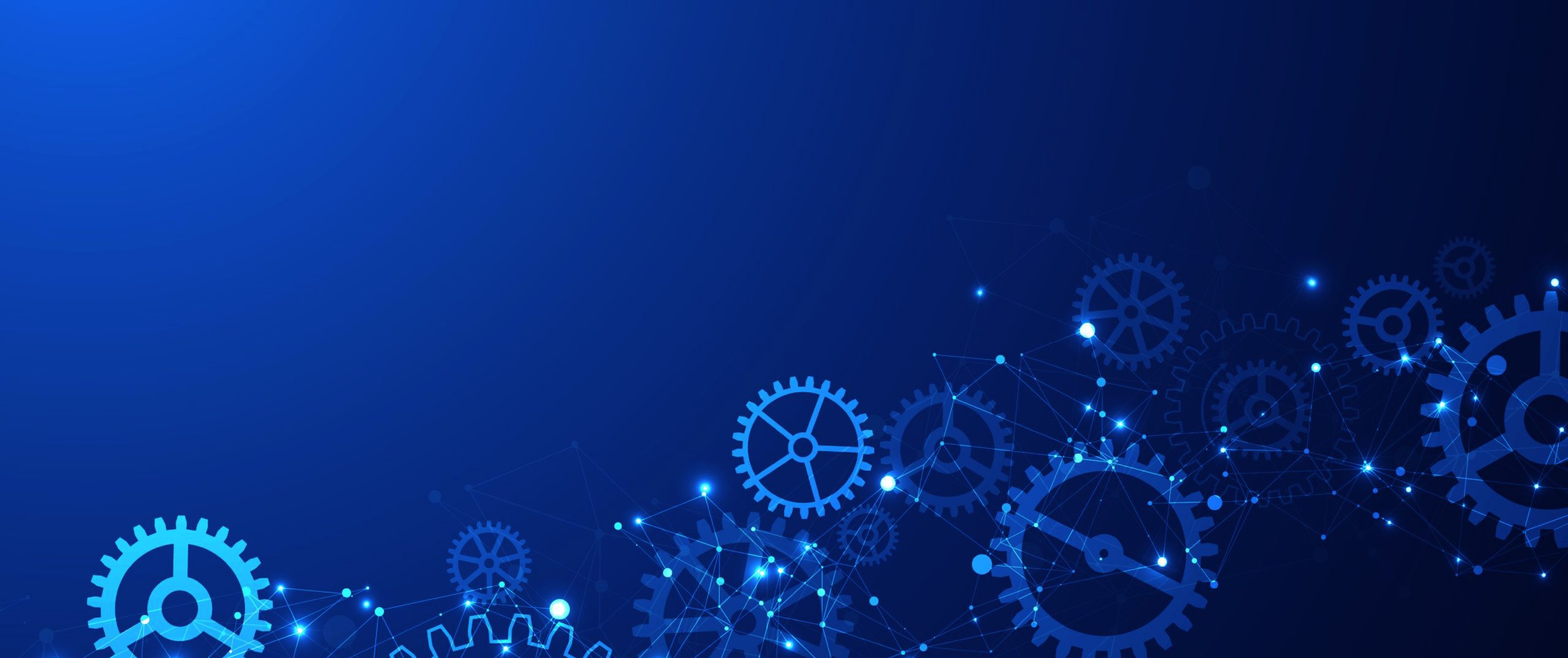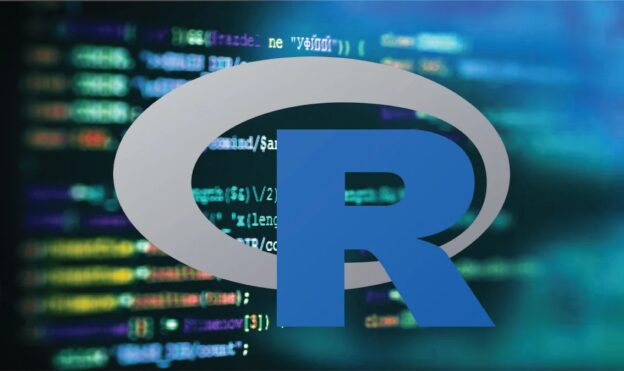4 hours of instruction
Clustering is a machine learning technique that can be used to group unlabeled data based on shared features. In this course, learners will identify use cases for clustering algorithms and become familiar with the theoretical underpinnings of unsupervised machine learning (working with unlabeled data). In particular, learners will build, evaluate, and interpret a k-means model in R, based on one of the most commonly used clustering algorithms.
OBJECTIVES
- Mine data to find latent patterns and groups in different types of data
- Implement and visualize k-means algorithm
- Evaluate the effectiveness of clustering
- Understand the purpose and implications of what clustering methods can and cannot achieve
PREREQUISITES
Learners must be comfortable using R to manipulate data and must know how to create basic visualizations.
SYLLABUS & TOPICS COVERED
- K-means
- Clustering algorithms use cases
- k-means algorithm in a nutshell
- Implement k-means on data
SOFTWARE REQUIREMENTS
You will have access to an R-based Posit Cloud environment for this course. No additional download or installation is required.

